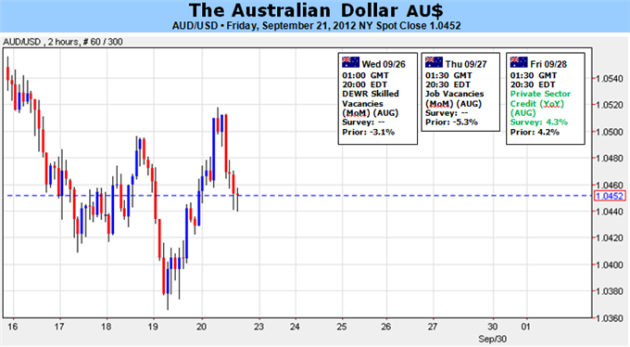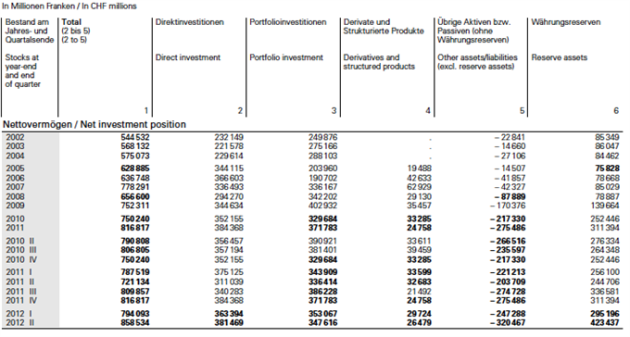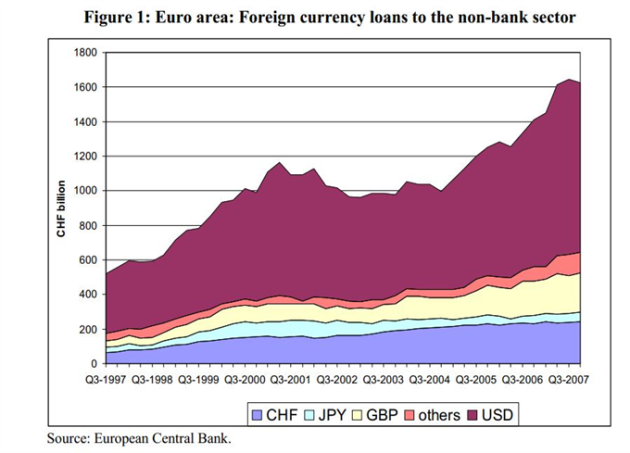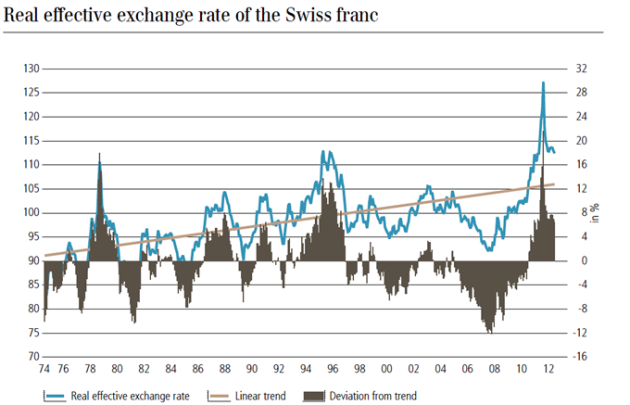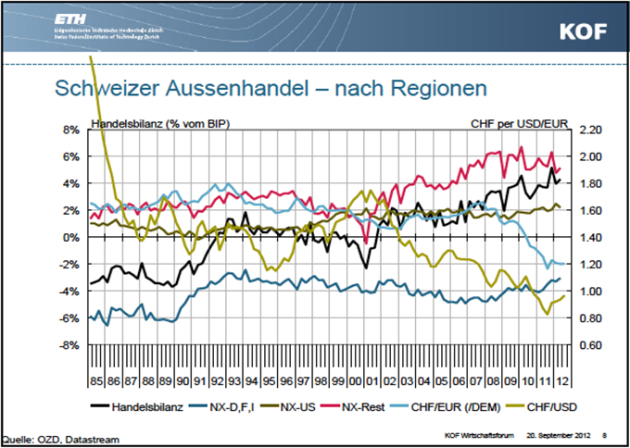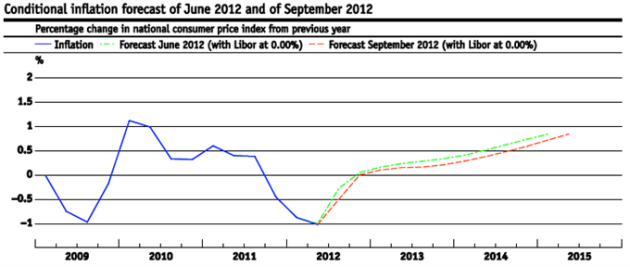The euro fell against the dollar after U.S. purchasing managers data and consumer sentiment trailed forecasts, crimping demand for riskier assets.
The shared currency pared declines after a stress test showed Spanish banks have a combined capital shortfall of 59.3 billion euros ($76.3 billion), less than earlier estimates amid speculation a financial bailout will be sought. The U.S. currency strengthened versus most of its 16 major counterparts after the Institute for Supply Management-Chicago Inc. said its business barometer fell for the first time in three years, signaling contraction. China’s yuan rose to the strongest versus the dollar since 1993.
“I’m skeptical the Spanish stress test results will be able to alleviate concerns about global growth,” Joe Manimbo, a market analyst in Washington at Western Union Business Solutions, a unit of Western Union Co (WU), said in a telephone interview. “But it can keep some firepower available for the bloc’s rescue fund, which can be viewed as a positive for the single currency.”
The 17-nation fell 0.5 percent to $1.2851 at 3:57 p.m. New Yorktime, after gaining as much as 0.4 percent. It rose 0.1 percent to 100.30 yen. The dollar added 0.6 percent to 78.05 yen.
Euro Path
The euro has weakened 3.4 percent this year, the second worst performance after the yen among the 10 developed-nation currencies tracked by Bloomberg Correlation-Weighted Indexes. The dollar is down 2.5 percent.
“Weak economic data is weighing on the stock market, triggering a risk-off environment, and the euro is getting hit,” Marc Chandler, global head of currency strategy at Brown Brothers Harriman & Co. in New York, said in a telephone interview. “It’s not just a euro move. It’s a broad-based decline.”
The yen’s share of global foreign-exchange reserves rose from March through June to the highest level since the third quarter of 2005, International Monetary Fund data show. The euro’s portion of reserves rebounded from a more than five-year low, rising to 25.1 percent from 24.9 percent. The percentage of reserves denominated in dollars fell to 61.9 percent from 62.1 percent.
The New Zealand dollar has led all major currencies this month against the greenback, appreciating 3.2 percent. The Brazilian real increased the least out of 16 counterparts versus the dollar, gaining 0.2 percent.
Krona, Real
Swedish’s krona has appreciated more than all of its peers versus the dollar this quarter, gaining 5.4 percent. The South African rand is on pace for the biggest quarterly decline out of its peers, having slipped 1.9 percent.
The real has lost 7.9 percent versus the dollar in 2012, more than three times the decline of the rand, the second- biggest loser. The Mexican peso leads all 16 of the dollar’s biggest peers with a gain of 8.3 percent this year.
Implied volatility, which signals the expected pace of currency swings, for the currencies of Group of Seven nations reached 7.73, its lowest level since October 2007, according to a JPMorgan Chase & Co. index. Lower volatility makes investments in currencies with higher benchmark lending rates more attractive because the risk in such trades is that market moves will erase profit.
Pound Falls
The British pound fell today versus the majority of its 16 major counterparts after Fitch Ratingssaid that government debt will peak at a higher level and later than it previously predicted, increasing its risk of a downgrade.
Sterling depreciated 0.6 percent to $1.6142 after earlier falling 0.8 percent, its biggest decline since Aug. 1. The pound fell 0.1 percent to 79.60 pence per euro.
The Dollar Index, which tracks the greenback against the currencies of six U.S. trading partners, added 0.5 percent 79.947.
The Institute for Supply Management-Chicago’s business barometer fell 49.7 this month from 53 in August. A reading of 50 is the dividing line between expansion and contraction. The medianestimate of 57 economists surveyed by Bloomberg forecast the gauge would fall to 52.8.
The Thomson Reuters/University of Michigan final sentiment index rose to 78.3 this month from 74.3 in August. Economists projected 79 for the measure after a preliminary September reading of 79.2, according to the Bloomberg survey median.
“The ugly results are serving to drive down risk even further as investors are looking for the safe-haven shelter of the U.S. dollar,” Neal Gilbert, a market strategist at GFT Markets, wrote today in a note to clients.
China Currency
The yuan strengthened on speculation the nation will step up efforts to halt a slowdown in the world’s second-largest economy. The monetary authority injected a record amount of funds into the financial system this week to ease a cash squeeze in the run up to a week-long holiday that starts Oct. 1.
“Funds are flowing back into the market as people bet China will soon act more aggressively to revive growth,” said Kenix Lai, a Hong Kong-based foreign-exchange analyst at Bank of East Asia Ltd. (23)
The yuan rose as much as 0.3 percent to 6.2835 per dollar. China’s currency, which has strengthened 1.1 percent this quarter, can trade as much as 1 percent on either side of the central bank’s daily fixing.
Spain commissioned the independent stress test as part of the conditions agreed in July for aEuropean bailout of as much as 100 billion euros for its banking system, which has been saddled with more than 180 billion euros of losses linked to souring real estate assets. The total capital deficit is less than the 62 billion euros management consultants Oliver Wymanestimated in June that banks would need.
The attempt to show how its banks would bear an extreme scenario in which the economy would shrink for three years in a row is part of the government’s drive to show it is fixing Spain’s economy as it considers whether to seek a further rescue package from Europe.



